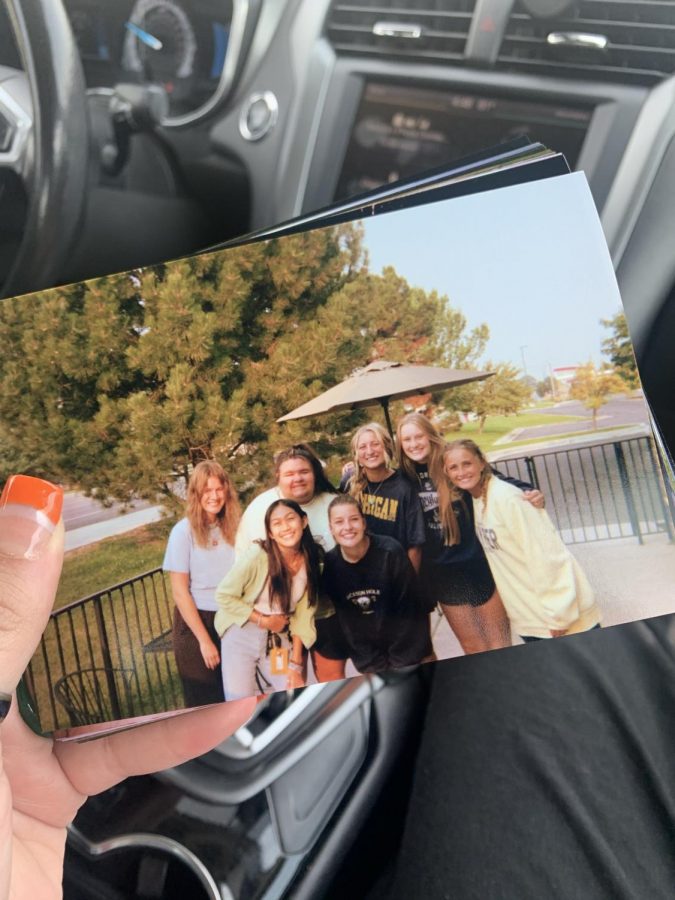Imagine having to turn down a slice of cake or pizza at a friend’s birthday party, or having to call ahead before going to a restaurant with your family. These are challenges a person living with celiac disease has to deal with on a daily basis. People with celiac cannot eat foods containing gluten; a protein found in grains like wheat, barley, and rye. It is a common misconception that celiac disease is a food allergy. In reality, it is an autoimmune disease that causes damage to the small intestine when foods with gluten are eaten. This damage makes it hard for the body to absorb nutrients, which can lead to a number of problems including anemia, osteoporosis, infertility, and certain cancers.
According to a study by the Center for Celiac Research and Treatment in Boston, nearly one out of every 133 Americans suffers from this disease. This includes some students at Bingham.
. Senior Taylor Packer was diagnosed with celiac eight years ago. He said adjusting to an entirely new diet was challenging at first.
“Life isn’t too bad anymore, but at first it was difficult being a little kid and not being able to eat normal food,” Taylor said.
He brings his own lunch to school, but said the cafeteria has been very willing to provide options for him. Gluten free foods often substitute wheat flour with flours made from rice, corn, quinoa, potatoes, soy, lentils, or almonds. Celiacs can also eat meat, fish, and fruits and vegetables.
“Luckily today most grocery stores carry gluten-free food. When I first got diagnosed I had to try a lot of brands before I found out what I liked. Some of it is delicious and other things are completely disgusting,” sophomore Sierra Jensen said.
Some people are lucky to be diagnosed at a young age, but it is estimated that 83% of Americans who have celiac disease are undiagnosed or have been misdiagnosed with other conditions. They often live with symptoms like bloating, constipation, fatigue, diarrhea, and headaches without knowing the cause. According to The Celiac Center at Beth Israel Deaconess Medical Center, the average time a person waits to be correctly diagnosed is between 6-10 years.
Junior Emily Pehrson found out she had celiac disease a couple months ago. Because she was diagnosed in her teens, the transition hasn’t been as easy.
“I hate not being able to eat what I want. Bread and pasta are my favorite things so it’s been hard,” Emily said.






